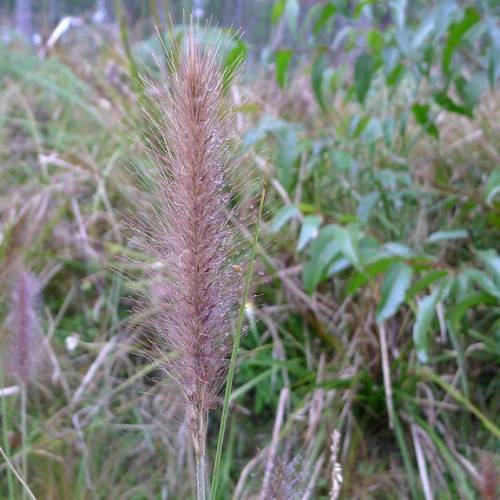
fountain grass
Pennisetum alopecuroides 'National Arboretum'
Cycle:
Perennial
Watering:
Average
Hardiness Zone:
6 - 9
Flowers:
Flowers In Summer
Sun:
Full sun, Part sun/part shade
Soil:
Acidic, Well-drained
Fruits:
Fruits In Autumn Ready In
Leaf:
Yes
Growth Rate:
High
Maintenance:
Low
Drought Tolerant:
Yes
Care Level:
Medium
watering
Fountain grass (Pennisetum alopecuroides 'National Arboretum') should be watered deeply and regularly, about once a week. It is best to water in the morning or early evening so that the plant has enough time to absorb the moisture before the hot afternoon sun. To water deeply, apply enough water so that it penetrates the root zone and encourages deep rooting. For most climates, this should be about 1 inch of water per week for each plant. During the summer months when temperatures are high and the soil dries out quickly, the amount of water may need to be increased to 2 inches per week.
sunlight
Fountain grass needs full sun most of the day to thrive, so it is best to position it in an area that gets 6-8 hours of direct sunlight. During the hottest days of the summer, afternoon shade can be beneficial. During the cooler months, the sun may not be as strong, so a little morning sun will be enough for your fountain grass.
pruning
Fountain grass (Pennisetum alopecuroides 'National Arboretum') should be pruned in late winter or very early spring, before the new growth has a chance to emerge. Depending on local weather conditions and the condition of the plant, you may need to begin pruning slightly earlier or later in order to avoid damage. Pruning should be done with sharp hand clippers or a long-handled pruning shear. Begin by removing dead foliage and errant shoots, then removing any older foliage in order to force the fountain grass to produce new growth. Pruning should be done to reduce the overall height and size of the plant, and to promote a more full and dense form. Depending on the desired shape of the fountain grass, you may choose to prune some of the stems down to the base of the plant, while leaving taller and fuller ones. As with any pruning, it is best to take off small amounts at a time and to stop if the foliage begins to look sparse or unhealthy.
